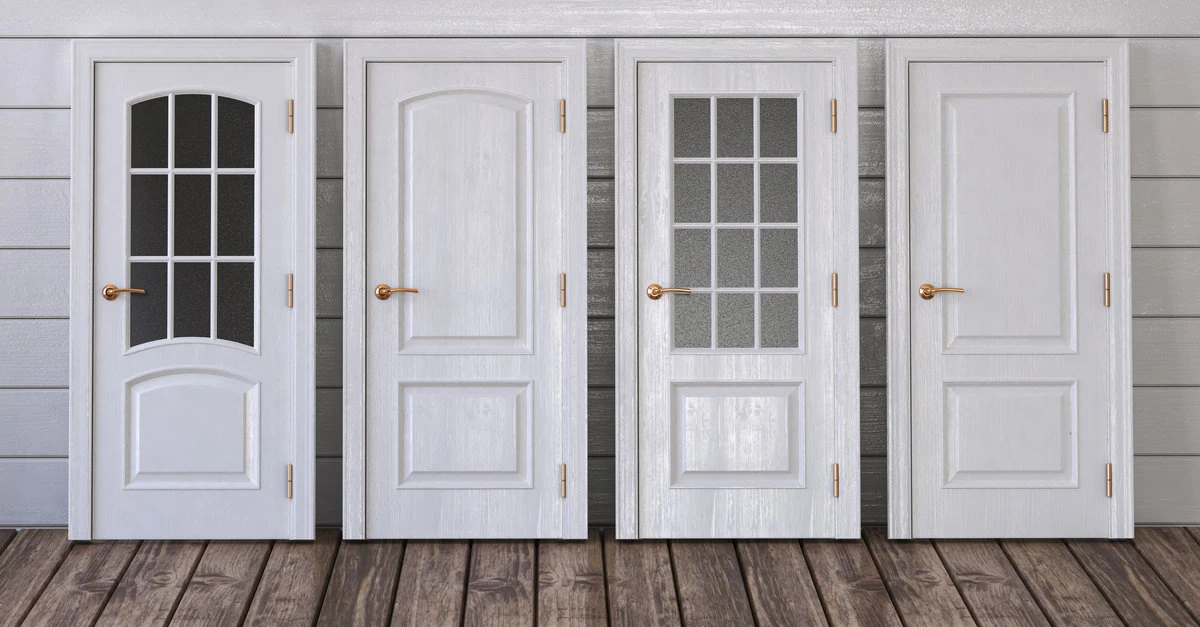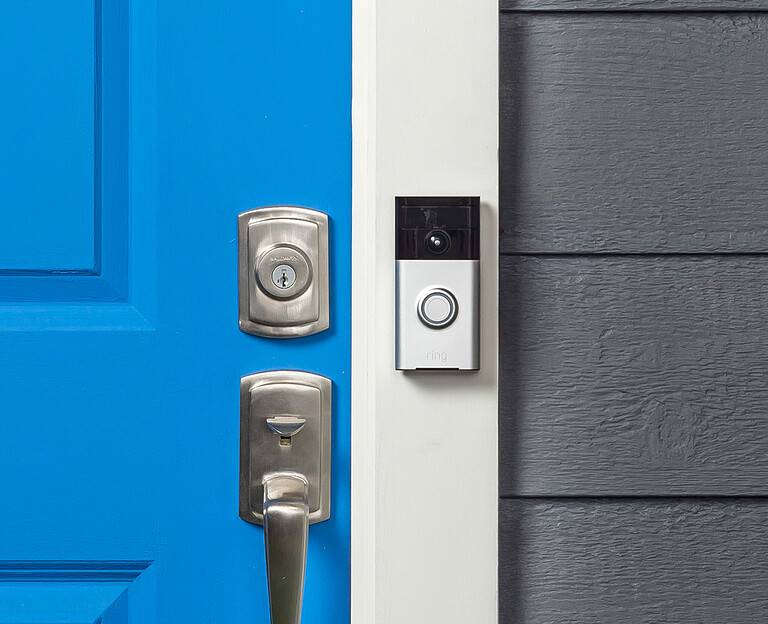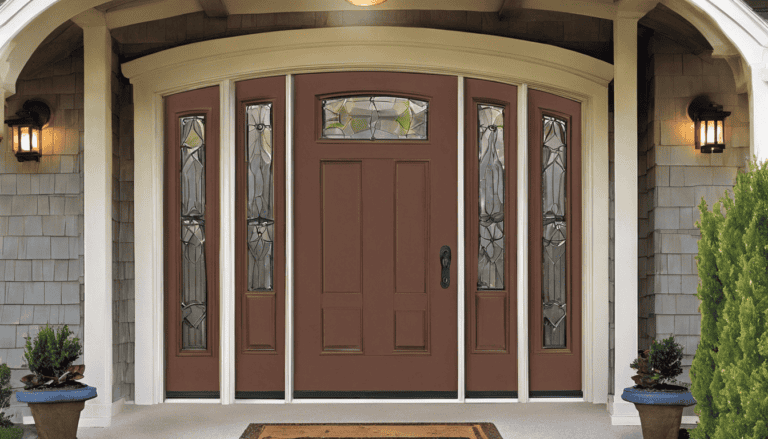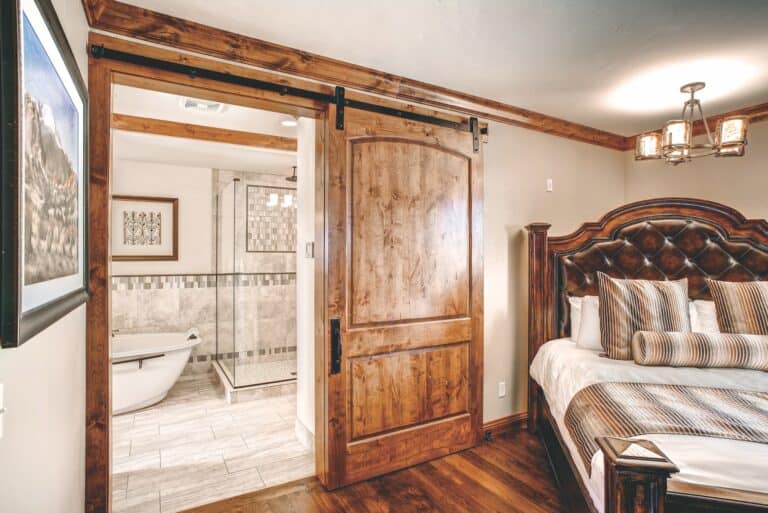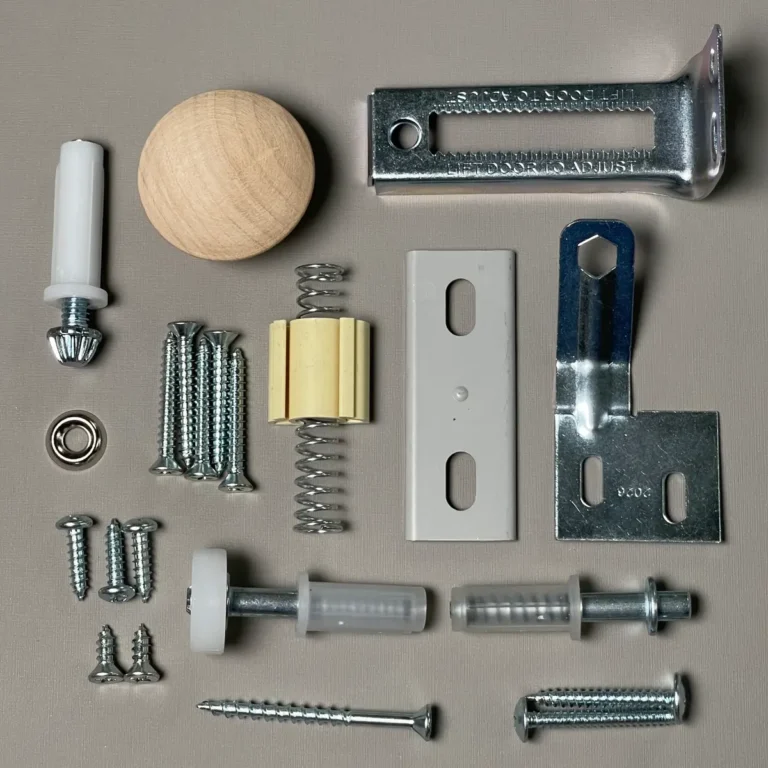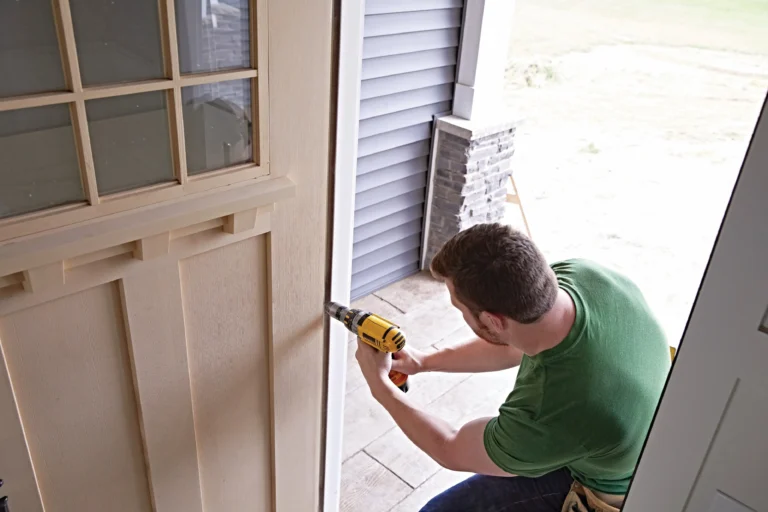Prehung Doors
Welcome to the doorway of knowledge where we swing open the discussion on the transformative world of “prehung doors.” In the realm of home improvement and construction, the term “prehung doors” carries a weighty significance. These ready-to-install portals come complete with frames and hinges, simplifying the process of upgrading or renovating your living spaces. Whether you’re a seasoned DIY enthusiast or a homeowner embarking on a remodeling journey, this blog is your key to unlocking insights into the world of prehung doors – from understanding their advantages to navigating the diverse options available.
The history of prehung doors is a tale of convenience and efficiency in the realm of construction and home improvement. While the concept of doors and door frames has been integral to architecture for centuries, the advent of prehung doors represents a significant evolution in the installation process. The idea gained traction in the mid-20th century as the construction industry sought ways to streamline and expedite building projects.
Table Of Contents:
- The Evolution of Prehung Doors
- The Practicality of Prehung Doors
- Benefits of Using Prehung Doors
- Interior vs Exterior Prehung Doors
- Solid Core vs Hollow Core Prehung Doors
- Panel Options for Prehung Doors
- Casing Options for Prehung Doors
- FAQs in Relation to Prehung Doors
- Conclusion
The Evolution of Prehung Doors
Before prehung doors, installing a door required meticulous measurements, precise carpentry skills, and significant time investment. The innovation of prehung doors addressed these challenges by offering doors pre-installed on frames, complete with hinges and often accompanied by the necessary hardware. This not only simplified the installation process but also ensured a more precise and consistent fit.
The concept grew in popularity, particularly in residential construction, where time and cost efficiency were paramount. As manufacturing techniques advanced, prehung doors became available in a variety of styles and materials, catering to diverse architectural preferences. Today, prehung doors have become a standard choice for builders, remodelers, and DIY enthusiasts alike, embodying a fusion of historical necessity and modern convenience in the ever-evolving landscape of home design and construction.
In response to changing architectural styles and homeowner preferences over time, manufacturers started offering more options like various panel designs or glass inserts. This allowed homeowners to personalize their spaces while still enjoying the convenience of these ready-to-install units.
A Shift Towards Efficiency
The demand for energy-efficient solutions led to significant developments in prehung door technology during the 20th century. Engineers began designing models with improved insulation properties – primarily achieved through new materials such as fiberglass or steel – which also enhanced soundproofing capabilities.
This trend continued into the 21st century as sustainability concerns grew more prominent among consumers and builders alike – driving further improvements in energy efficiency standards for building components including doors.
Moving Forward: A Focus on Customization
Today’s market sees an emphasis on customization opportunities with pre-hung door offerings designed not just for functionality but aesthetics too. Consumers now get access to a plethora of choices, from materials and finishes to decorative elements like sidelights or transoms.
The evolution of prehung doors is an ongoing process, driven by changing needs and technological advancements. It’s important to contemplate what new progressions are in store for us.
The Practicality of Prehung Doors
Prehung doors, known for their convenience and ease of installation, are a common choice in both new construction and renovation projects. They come with the door frame already attached to the door itself. This feature eliminates the need to separately fit a door into an existing frame—a task that can be time-consuming and tricky.
Prehung doors offer a great way to save on labor costs, making them a popular choice for contractors who want an efficient installation process. Contractors often prefer prehung doors because they’re quicker to install compared to traditional slab doors—just ask any seasoned builder. Additionally, these units ensure a tight seal between the door and its frame which significantly reduces drafts. This aspect makes them an excellent option for exterior applications where energy efficiency is key.
Maintenance: Less Is More With Prehung Doors
Another plus point for prehung doors is their low maintenance requirement. Thanks to their integral structure—the door, hinges, and frames are all one unit—they typically present fewer issues over time than standard slab doors.
No more worrying about alignment problems or warping issues that may cause your door not to close properly anymore. When you do need repairs or replacements down the line though (because let’s face it—nothing lasts forever), swapping out only the door can be easily accomplished.
The Ease-of-Use Factor
Beyond just installation benefits, there’s also something satisfying about using well-built prehung doors every day – kind of like driving a high-performance car versus an old clunker.
You’ll appreciate things like smooth opening of the doors on properly sized and fitted hinges without those annoying squeaks or jams that sometimes happen with poorly fitted regular ones—and this might seem small but trust me—it does make everyday life just slightly better. Bob Vila even suggests that prehung doors are perfect for DIYers due to their simplicity and convenience.
All these factors together explain why prehung doors have become so popular among homeowners, contractors, and designers alike. Practicality, ease of installation, maintenance savings – they tick all the boxes.
Benefits of Using Prehung Doors
The door industry has seen a significant shift towards prehung doors, and for good reason. These self-contained units offer numerous advantages that have made them increasingly popular in both construction and renovation projects.
Energy Efficiency
Prehung doors come with their own frame, which fits perfectly into the door opening. This precise fit means there’s less room on exterior prehungs for drafts to sneak through, leading to better insulation and increased energy efficiency. A study from the U.S. Department of Energy states that sealing uncontrolled air leaks can save 10%-20% on heating and cooling bills.
Sound Insulation
In addition to thermal insulation, prehung doors can also provide excellent soundproofing qualities. A solid core prehung is great at blocking out unwanted noise due to their core construction – making them ideal for homes or offices located in noisy areas or where privacy is paramount.
Ease of Installation
Installing a prehung door can be a straightforward process if you follow the steps carefully. Here’s a general guide to help you through the installation:
Materials and Tools: Before you begin, gather the necessary materials and tools. You’ll need the prehung door, shims, a level, a hammer, nails, a screwdriver, a tape measure, and a saw.
Step 1: Prepare the Opening: Ensure that the rough opening is plumb, level, and square. Remove any debris or obstructions from the doorway. Measure the width and height of the opening to confirm it matches the dimensions of the prehung door.
Step 2: Position the Door: Place the prehung door in the opening. The door should be centered, and the hinge side should be flush with the stud. Use shims to adjust the placement and ensure the door is level and plumb.
Step 3: Shim the Door: Insert shims between the door frame and the rough opening to provide support and maintain the correct positioning. Place shims at the hinge locations and near the strike plate.
Step 4: Check for Plumb and Level: Use a level to check both the hinge side and the latch side of the door for plumb. Adjust the shims as needed to achieve a perfectly vertical position. Check for level horizontally as well.
Step 5: Secure the Door: Once the door is properly positioned, secure it in place. Drive screws through the door frame and shims into the rough opening. Start with the hinge side and move to the latch side.
Step 6: Trim Excess Shims: Carefully trim any excess shim material protruding from the sides of the door frame using a utility knife or saw.
Step 7: Attach the Door Trim: If your prehung door doesn’t come with trim, you may need to add it separately. Attach the trim around the door frame using nails or screws.
Step 8: Test the Door: Open and close the door to ensure it operates smoothly. Check for proper clearance and make any necessary adjustments to the shims.
Step 9: Install Hardware: Finally, install the doorknob, latch, and any additional hardware according to the manufacturer’s instructions.
Remember to consult the specific instructions provided by the manufacturer of your prehung door, as details may vary. If you encounter any challenges, don’t hesitate to seek advice from professionals or online resources for additional guidance.
Maintenance Benefits
An often-overlooked benefit of pre-hung doors relates directly back to maintenance issues. When installed properly, these doors don’t tend to get stuck or jammed because they are already squared up within their frame, ensuring smooth operation over time.
Interior vs Exterior Prehung Doors
The distinction between interior and exterior prehung doors is not just about where they’re placed in your home. These two types have different features, materials, and functions to suit their respective roles.
Durability: Battle Against the Elements
Exterior prehung doors need to be robust enough to withstand varying weather conditions. Solid wood, steel, and fiberglass are all materials used to construct exterior prehung doors that must be resilient enough to withstand the elements. But it’s not all about toughness – these doors also play a crucial role in maintaining your home’s insulation and energy efficiency.
In contrast, interior prehung doors don’t face such harsh environmental demands. This lets them use lighter materials like hollow-core wood or MDF (medium-density fiberboard). While these might lack the rugged durability of their exterior counterparts, they make up for it with style flexibility and cost-effectiveness.
Aesthetic Appeal: Setting the Mood Indoors vs Welcoming Guests Outdoors
The design options available for both interior and exterior prehung doors can really help set the mood of your space. For instance, glass inserts are more common in exterior models because they let natural light into hallways while adding an inviting touch.
Moving inside though? Here you’ll find that panel designs become much more diverse. You can choose anything from traditional six-panel styles right through to minimalist flat panels as this SF Gate article suggests. It’s about creating a look that matches your interior décor.
Solid Core vs Hollow Core Prehung Doors
When you’re looking at interior prehung doors, the decision often boils down to solid core versus hollow core. Both have their advantages and disadvantages.
The Weight of Your Choice
Hollow core doors are lighter, making them easier to handle during installation. Solid core doors, on the other hand, carry more weight but bring added durability.
Noise Reduction Capabilities
Soundproofing is a significant factor when choosing between these two types of prehung doors. Here’s where solid core takes the lead with its superior sound-damping abilities compared to its hollow counterpart.
A Matter of Materiality
Solid and hollow cores differ greatly in terms of material composition too. A solid door has an inner filling that provides robustness while hollow ones use a cardboard honeycomb structure that keeps them lightweight yet reasonably sturdy for everyday use.
On Cost Considerations
If budget is your concern, you’ll find relief with hollow core prehung doors as they generally cost less than their hefty counterparts due to simpler construction requirements and cheaper materials used.
Remember: whether it’s for interior or exterior applications – there isn’t necessarily one right answer; instead what matters most is finding what suits your specific needs best.
Note: It’s always wise to consult with a professional before making any big decisions, and this holds true when deciding between solid core and hollow core prehung doors. They can provide valuable insight into the best option for your particular project.
Panel Options for Prehung Doors
The panel design of your prehung door can make a big difference to the overall look and feel of your space. But it’s not just about aesthetics – different panel designs also offer varying levels of privacy, light filtration, and insulation.
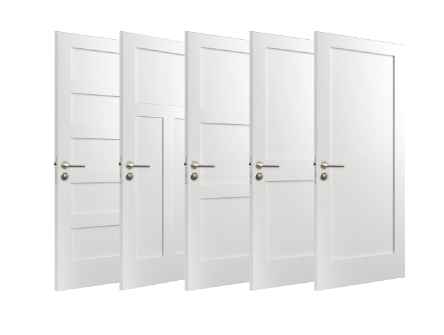
Traditional Panel Designs
If you’re going for a classic or vintage vibe in your home, traditional panels might be the perfect fit. These typically feature raised or flat panels arranged in familiar patterns such as six-panel doors where three small squares sit atop three longer rectangles. This timeless style, with its balanced design and striking outlines, brings a feeling of refinement to any area.
For something slightly more intricate but still within the realm of tradition, consider two-panel arch-top doors that add gentle curves to soften hard architectural edges.
Contemporary Panel Designs
Moving towards modern design sensibilities? Contemporary panels give you plenty options. Sleek flush doors are minimalistic yet impactful because they let other elements shine without competing for attention.
You could also opt for geometric designs like five horizontal rectangle layouts which lend a cool urban loft appeal while offering robust durability due their solid construction methods discussed on this helpful page (opens in new tab).
Glass Panel Prehung Doors
If natural light is high on your priority list, then glass paneled prehung doors may tick all boxes. They’re available in various designs, from full-length glass panels for maximum illumination to half-glass designs that balance light and privacy.
For more control over visibility and style, you can choose doors with frosted or stained glass. These options add a unique touch while still letting light filter through into your spaces. This online collection gives a good overview of what’s possible with glass paneled prehung doors.
French doors are a common example of an exterior glass paneled prehung door.
Casing Options for Prehung Doors
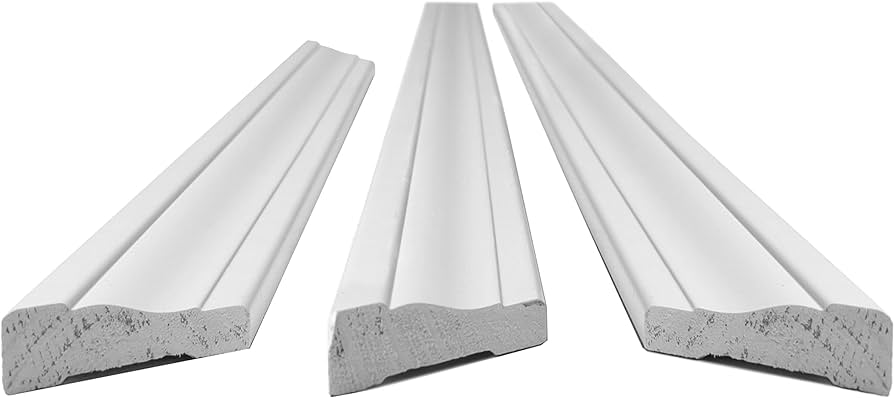
When it comes to enhancing the aesthetic appeal of your space, prehung doors are a top choice. But what takes these doors from functional to fabulous is their casing. The right door casing can transform an ordinary entrance into a striking design statement.
A popular option is fluted casings. This style features vertical grooves that add depth and detail, perfect for traditional or classical interiors.
For those seeking something more contemporary, clean-lined flat casings might be just the ticket. These provide a sleek finish without excessive ornamentation.
Rustic Casings for Farmhouse Flair
If you’re all about that rustic charm, consider barn-style or shaker-style door casings. These options play up natural textures and grains in wood to give off a warm and inviting vibe reminiscent of country living.
Barn-style especially has gained popularity recently due to its rugged yet refined look; it’s ideal if you want your home interior feel like an upscale farmhouse retreat.
When selecting the right casing for your needs, it’s important to consider all options and their benefits. After all, each casing option has its own unique benefits.
FAQs in Relation to Prehung Doors
What are the disadvantages of a Prehung door?
Prehung doors may not fit perfectly in older homes with non-standard openings.
Is it cheaper to buy Prehung doors?
Yes, typically prehung doors are less expensive than buying doors and frames separately.
Are pre-hung doors easier to install?
Absolutely. With all components already assembled, installing a pre-hung door is generally quicker and less complicated for DIYers or professionals alike.
Conclusion
So, prehung doors are no longer a mystery to you. Their journey from inception to modern use is now clear.
You’ve understood the practicality of these marvels in construction and renovation projects – their ease of installation and maintenance cannot be understated.
We dove into the myriad benefits they offer: energy efficiency, sound insulation, security – each an advantage in its own right.
And let’s not forget our discussion on interior vs exterior or solid core vs hollow core prehung doors. You’re well-equipped to choose what fits your needs best!
Last but not least, style! With knowledge about various panel choices and casings at your disposal, transforming any room just got easier!
